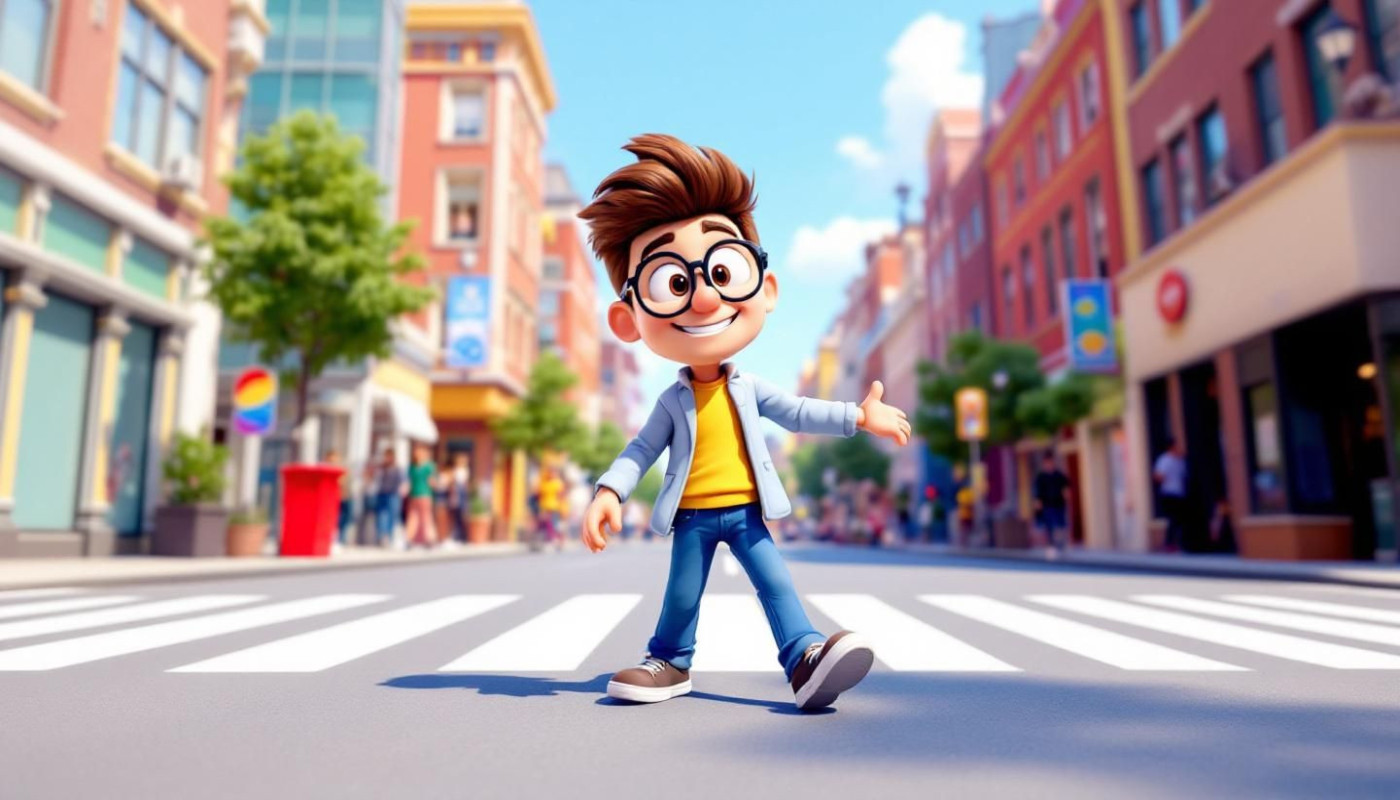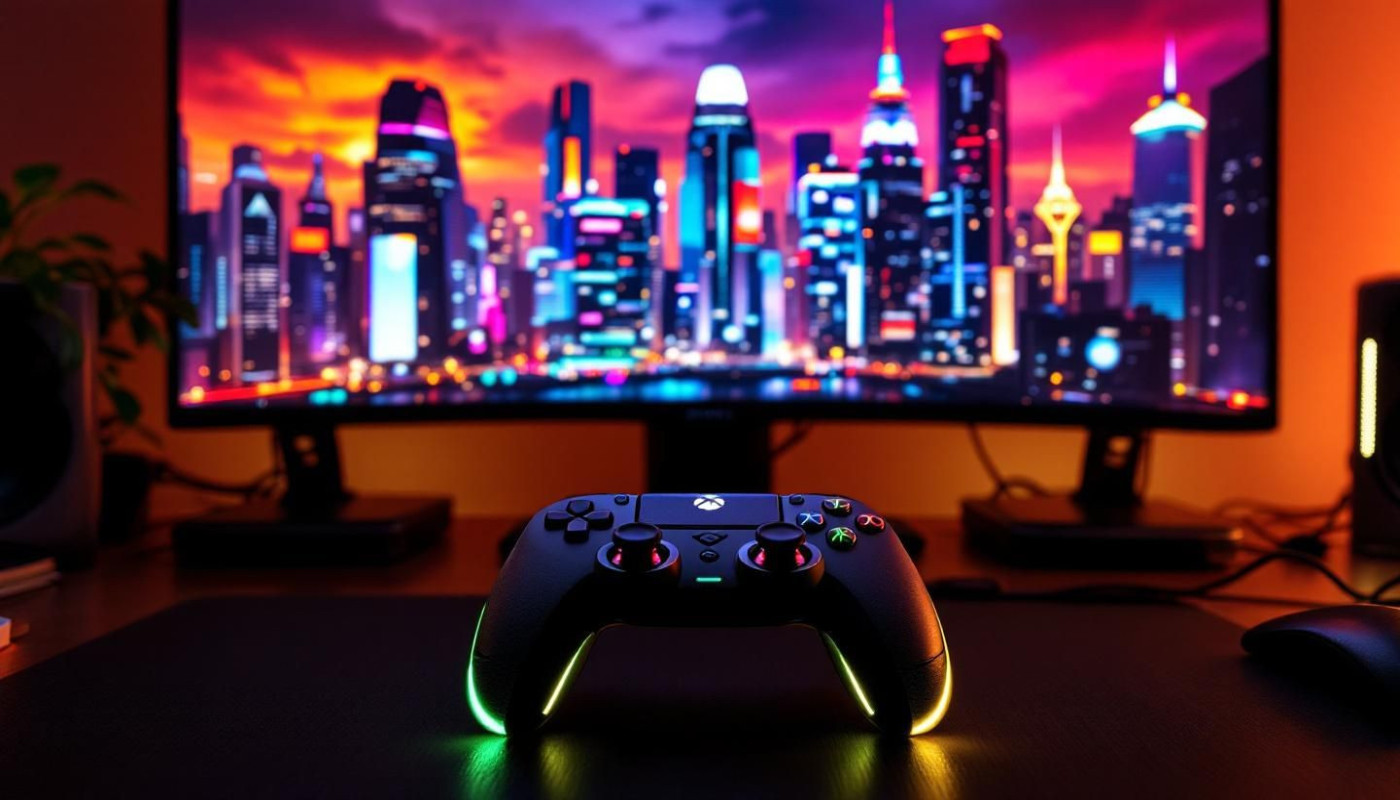Table of contents
The digital age has ushered in a new era for music, one where indie artists have access to a global stage through their fingertips. As traditional barriers fall away, it's intriguing to explore how the evolution of digital music platforms has transformed the way these musicians create, distribute, and monetize their art. This deep dive into the changing landscape promises a fascinating journey for anyone keen on understanding the intersection of technology and music creativity. Read on to discover the shifting paradigms that are shaping the future of indie music in the digital world.
The Emergence of Digital Distribution
With the advent of digital distribution, a seismic shift occurred in the music landscape, particularly for indie artists. Where once the pathway to commercial success was jealously guarded by music industry gatekeepers such as major record labels and distribution companies, the digital age has ushered in a new era of accessibility. Independent musicians now circumvent these traditional barriers, leveraging online platforms to disseminate their work globally with just a few clicks. This democratization of distribution is not merely a convenience; it is a revolutionary change that enables direct audience reach, ensuring that artists retain greater control over their careers and creations. Central to this transformation is the role of aggregators—specialized entities that act as intermediaries, ensuring that music from indie artists is listed on major digital music platforms. By doing so, aggregators empower these musicians with the tools necessary to navigate the vast digital marketplace, ensuring their voices are heard amidst the cacophony of the digital age.
The Role of Social Media and Streaming
In the contemporary indie music landscape, social media and streaming services have revolutionized the way independent artists promote their work and connect with listeners. These digital platforms provide a direct line to fans, enabling unparalleled levels of fan engagement and community building. By leveraging the power of these tools, indie musicians are no longer solely dependent on traditional music industry gatekeepers to gain exposure.
Key to their success is understanding and utilizing the algorithmic curation that these platforms employ. Algorithms can amplify music promotion efforts by suggesting tracks to listeners who have shown interest in similar genres, thereby aiding in the discovery of new artists. This data-driven approach to music recommendation is a double-edged sword; while it can significantly boost an artist's visibility, it also requires strategic navigation to ensure content surfaces on user feeds.
Platforms like Spinwiz exemplify the synergy between streaming and social media in cultivating a space for indie artists to flourish. By offering a stage for artists to share their music and interact with fans, Spinwiz contributes to the vibrant ecosystem of digital tools that support the growth of the indie music scene. In an era where accessibility to music is unprecedented, the importance of these platforms in shaping the careers of independent musicians cannot be overstated.
Monetization Challenges and Opportunities
Indie artists navigating the digital music landscape confront a myriad of monetization challenges. Traditionally, revenue streams for musicians stemmed from physical sales and live performances. However, with the advent of streaming services, artists often grapple with reduced income due to minuscule per-stream payouts. Micropayments, tiny transactions that occur every time a song is played, can accumulate over time but require massive streaming numbers to translate into substantial earnings. This financial model poses a considerable hurdle for lesser-known musicians striving to make a living.
In contrast, the digital era has also ushered in new avenues for indie artist opportunities. Direct-to-fan sales have emerged as a powerful tool, allowing musicians to sell their music, merchandise, and exclusive content directly to their audience, bypassing traditional distribution channels. This not only increases their profit margins but also strengthens fan-artist connections. Crowdfunding platforms further empower artists by enabling them to fund projects through direct support from fans, sidestepping the need for traditional backing. These developments provide a beacon of hope for indie artists, offering them a measure of control and a chance to thrive financially amidst the monetization challenges of the digital music landscape.
Innovations in Music Technology
Recent advancements in music technology have brought forth groundbreaking opportunities for independent musicians. With the advent of high-quality audio formats, indie artists now have the capacity to distribute their music in a manner that preserves the integrity and depth of their sound. This ensures that listeners experience the music as intended, with crystal-clear production and rich sonic details. Beyond enhanced sound quality, the integration of blockchain into the music industry marks a pivotal shift. This technology offers a decentralized approach to music distribution, enabling artists to share their work directly with audiences and bypass traditional intermediaries.
Furthermore, blockchain provides a robust framework for establishing indisputable ownership proof, safeguarding artists' rights and intellectual property in ways that were previously challenging. The application of blockchain is also expanding into the realm of smart contracts, which are self-executing contracts with the terms directly written into code. These contracts potentially revolutionize artist revenue streams by automating royalties and ensuring fair compensation. For indie artists navigating the complexities of the music industry, these technological benefits are transformative, opening up new avenues for control over their music and its monetization.
Future Prospects for Indie Artists
As we gaze into the horizon of the digital music space, the future prospects for indie musicians appear to be both promising and dynamic. Driven by relentless technology trends and ever-evolving consumer behavior, the landscape is ripe with opportunities for those willing to embrace change and innovation. An authoritative voice, such as a futurist or trend analyst specializing in the music industry, would point to developments like augmented reality as a transformative force. Augmented reality, or AR, holds the potential to revolutionize live performances and fan interactions, offering indie artists a new canvas for creative expression and audience engagement. With the power to overlay digital information onto the real world, AR could enable musicians to deliver immersive experiences that transcend traditional gigs. Looking ahead, indie musicians must remain adaptable, harnessing the latest technological advances to shape their paths and redefine the connection with their listeners in a digital-driven era.



















